In the final instalment of our three-part series, William Kherbek surveys the New York exhibitions highlighting the link between technology and art
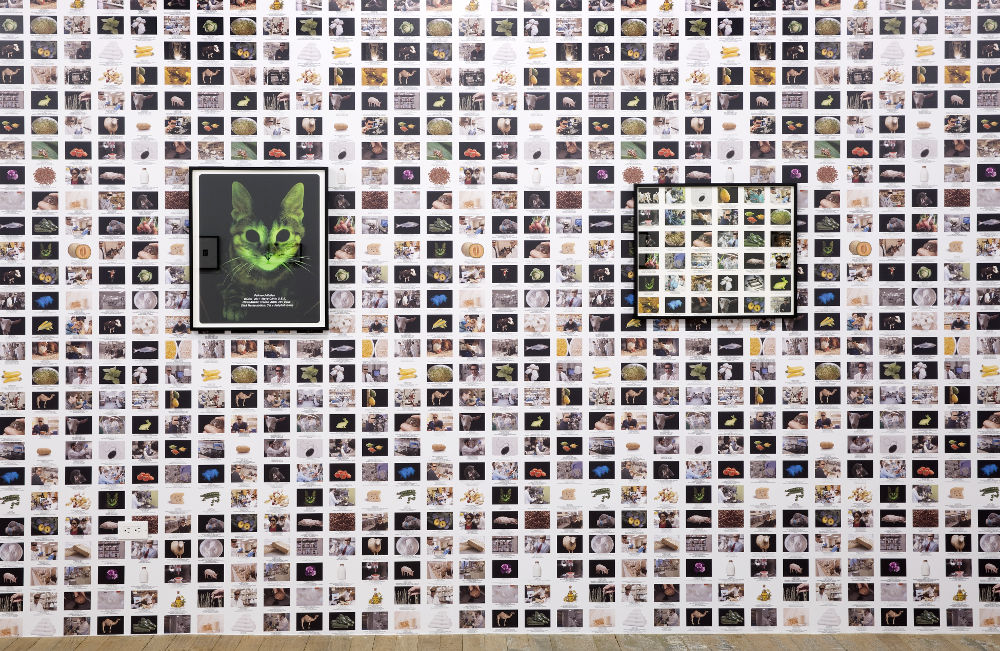
The sense that the future of visual cultural has an irreducible digital component is palpable in London’s art scene; in New York, the legacies of Abstract Expressionism and Color Field painting still loom large. In a city as wired as New York, you don’t have to look long before the New Aesthetics find you. At Pulse Art Fair, Jamie Zigelbaum’s interactive work Pixel physicalised the sometimes overwhelming human-digital interface by presenting the viewer with a screen bearing an instruction to ‘please touch’. When the viewer obeys, the screen changes colour with retina-frying velocity – it’s like being mugged by a James Turrell piece.
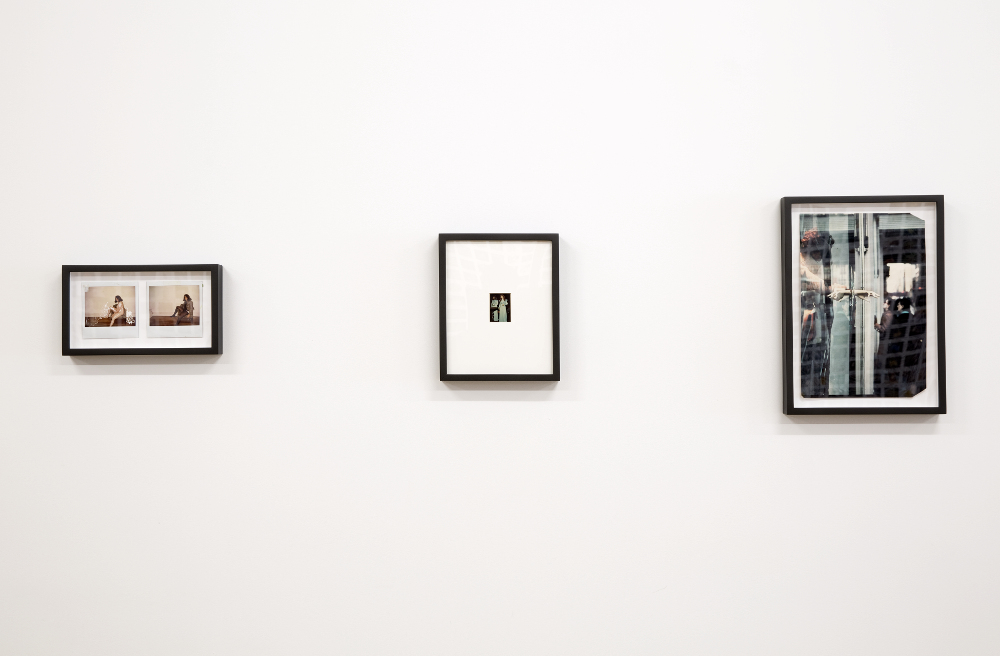
Also notable at Pulse was Ova Satellite, a video work by Peruvian artist Alessandra Rebagliati. At first, it resembles a thousand holiday videos you’ve seen before – tourists on beaches, nature as a backdrop instead of an ecosystem – and is soundtracked by a karaoke-style rendition of Beatles hit Ticket to Ride. Amidst the revelry, a turtle is seen flipping its painful way along a beach towards the sea, trying to catch the tide. The advance of technology, as rapid as the turtle’s advance to the sea is laboured, is a key concern of the artist. When I spoke with Rebagliati, she stressed the paradoxical way technology can connect and isolate simultaneously, particularly in her own life as an artist.
“I’m so dependent on technology,” she tells me. “I wouldn’t be able to do all of the logistics for the work without a smartphone and Whatsapp.” However, Rebagliati also acknowledges that such potential carries with it a capacity for darkness. “It’s going to change so much in the future as well, and I’m really so curious,” she adds. “I want to be here to see it, and I want to be a part of it, but I want to be sure it doesn’t ruin my life.”
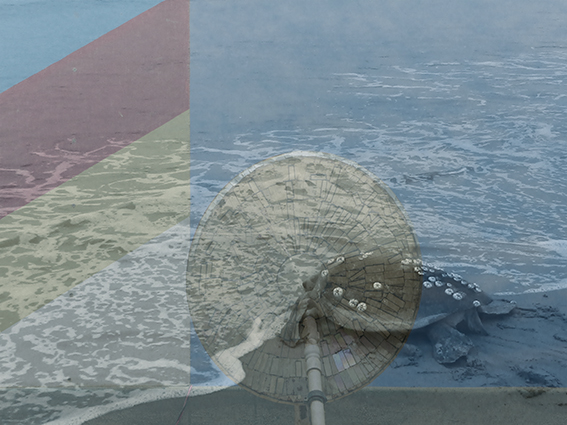
The New Museum’s 2015 Triennial, organised by Lauren Cornell and Ryan Trecartin, was largely concerned with the interface between digital technology and art and, as with any show of 51 artists, it was something of a grab bag. Among the standout works was a powerful video by Shadi Habib Allah centred on Bedouin commercial and smuggling networks, which aptly questioned the fetishisation of digital networking through the use of sharp, but oblique, camerawork and poetic dialogue. Every piece in the exhibit nodded towards emerging technologies or social discourses, but, curiously, it was the lo-tech works that somehow resonated more with me.
Eloise Hawser’s delicate origami swan, which was perched on a stolid grey wave of roller door shutters, could have been made any time, but the tensions such a work highlights in its impassive limpidity seemed to speak more urgently to the present tense than some of the more ambitious, multimedia extravaganzas on show. Sometimes, an Oculus Rift can blind you to what’s happening right before your eyes…
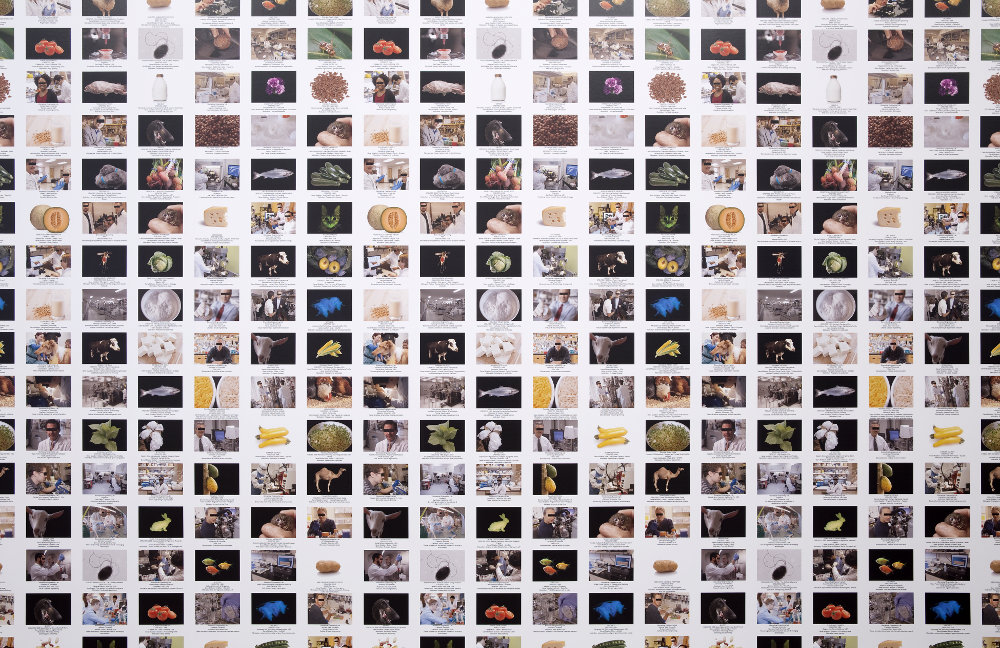
Kerry Doran, a writer and event producer for the New Museum’s NEW INC. project, believes the digital realm influences visual culture by helping to redefine time and labour. “We are constantly producing ‘content’ for corporations and speaking through companies to our ‘friends’ or followers, always building our brand under the guise of ‘connecting’,” she says. “It’s no wonder mindfulness has become such a craze; we are always thinking of the next rather than the now.”
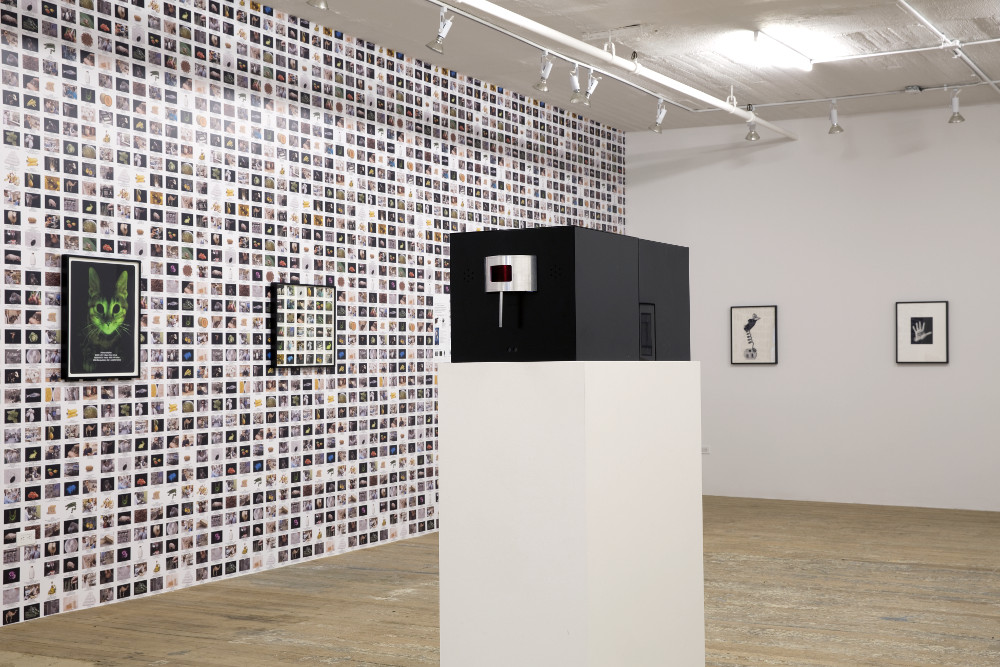
“For more than forty years, Hershman has been making works that turn the tables on the technologies of surveillance”
Doran also highlighted how the web is altering the notion of ‘creation’ and ‘creators’ in ways that upset traditional understandings. “The Internet supposedly promises that work is more visible there than if it were being shown in a gallery. However, images can be remixed and re-appropriated more easily because of this,” she suggests. “Artists are also providing content for platforms, like any other user of a site like Facebook, Tumblr, or Instagram. This transfers the rights of the image into the company’s hands before the artist even has a say. Participation is obligatory.”
This dichotomy of giddy liberation mixed with doom-laden foreboding reared its head in a number of other recent shows in New York. Among the most forward-looking was Saya Woolfalk’s ChimaTek: Hybridity Visualisation System. Its narrative centred on a human-plant hybrid species known as Empathics. The works included a hypnotic video that could best be described as a quasi-balletic infomercial. Woolfalk’s optimistic vision, informed by intersectional feminist theory and speculative fiction, was a lot more bright-eyed than a powerful retrospective of the work of the artist, Lynn Hershman Leeson, whose work was displayed at the inaugural exhibition of Bridget Donahue’s gallery.
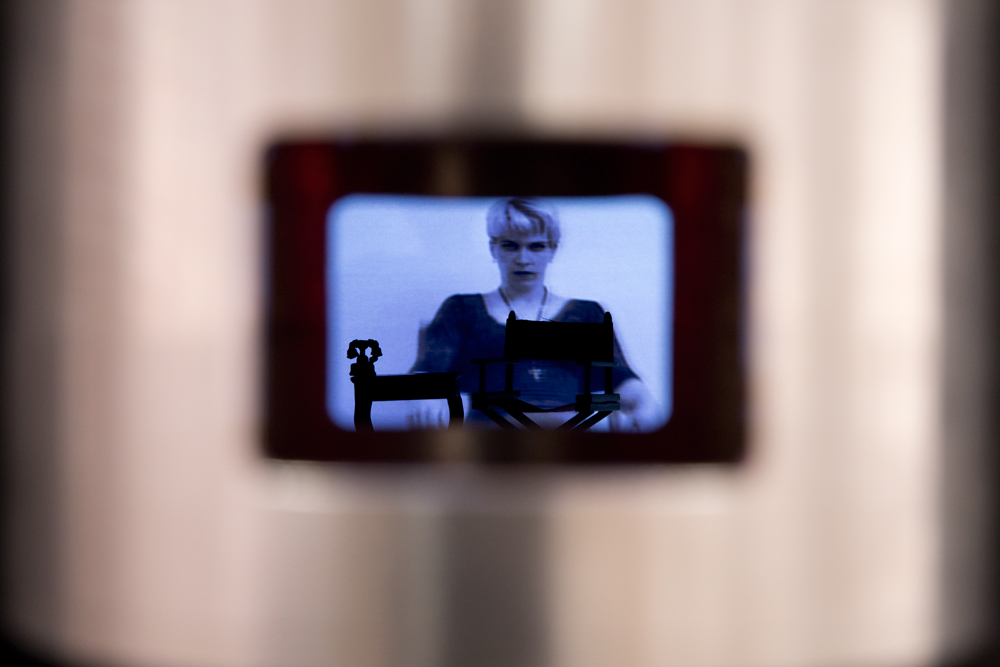
For more than forty years, Hershman has been making works that turn the tables on the technologies of surveillance. In a piece entitled A Room of One’s Own, a diorama/sculpture/video/performance/installation, the viewer is invited to gaze into the intimate space of a woman. Behind a viewing aperture, the viewer sees a mini-flat complete with bed, shoes, and a mirror, in which the viewer/voyeur meets their own reflection. From a screen at the back of the ‘room’ the Germanic voice, which the viewer must assume is the flat’s resident, directs some of the most difficult questions one can ask to the viewer: ‘Who are you? What do you want?’.
In the work Bio Printer Ear, viewers see Dolly the sheep, Snuppy the Afghan dog, a glowing bunny and summer squash that will probably see out the next ice age, displayed among other bioengineered marvels with the dates of their creation plastered in lustrous high-finish images on the north wall of the gallery. The ambivalence, as in so many other works I saw, is clear: the future may be bright, but only if you like glowing bunnies.




